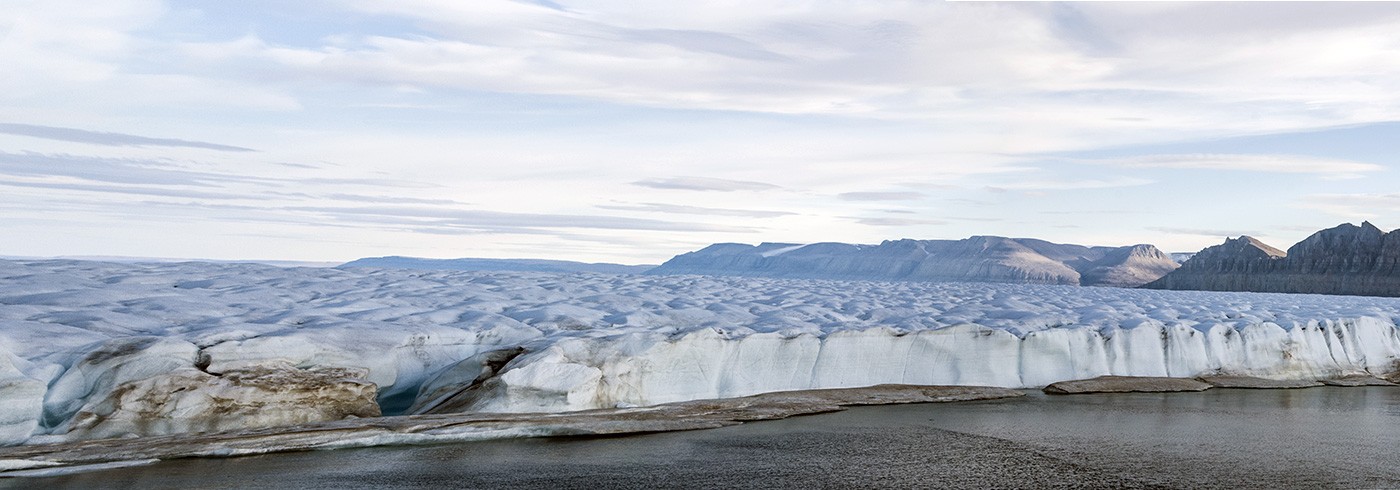Trace carbon dioxide and methane along the coast of Greenland
5 July 2015 - 2 October 2015The flux of the greenhouse gases carbon dioxide and methane from shallow sea sources to the atmosphere is thought to be an important part of the global carbon cycle. By making continuous measurements of carbon dioxide and methane above the Arctic sea surface, we will improve our understanding of the fluxes of these gases between the atmosphere and ocean. Shallow seas, such as the near-shore sea along the west coast of Greenland, are likely regions of methane emissions, which enter the atmosphere from seafloor sources.
These data will allow the characterisation of the off-continent flow from boreal North America, and intercomparisons with data from the long-term high Arctic atmospheric monitoring stations at Alert, Canada, and Summit, Greenland. The collected data will also expand the currently limited dataset of high-resolution measurements of carbon dioxide and methane in the near sea-surface atmosphere above shallow Arctic continental shelf areas, such as along the west coast of Greenland.
Measurements of methane and carbon dioxide were made continuously through four inlets installed at varying heights along the meteorological mast and bowsprit of Oden. Air was pumped into a cavity ring-down laser spectrometer, which measures carbon dioxide and methane concentrations. The system is calibrated automatically every eight hours by adding gases with known concentrations of carbon dioxide and methane.
Preliminary calibrated methane data collected around Greenland are shown on the map. The equipment stayed on board Oden during the Petermann 2015 and OATRC 2015 expeditions, partly as a test of automation systems. Overall, the test was successful and we collected a large number of usable data, which will be useful for the inverse modelling of greenhouse gas dynamics in the climate-sensitive Arctic.



